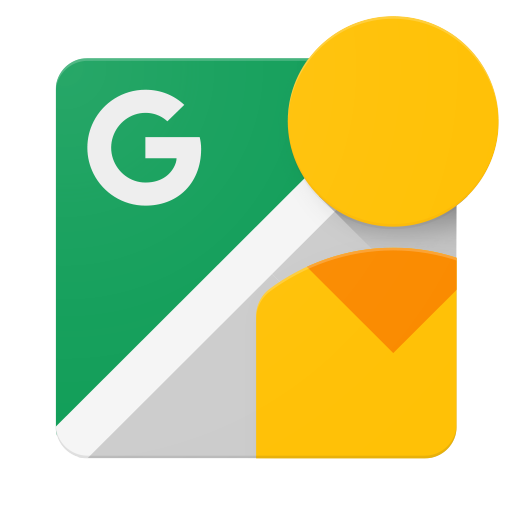所有向 Google Street View Publish API 發出的要求都必須經過驗證。上傳新圖像時,系統會將圖像歸給已驗證使用者的 Google 帳戶。
您的應用程式傳送至 Google Street View Publish API 的每項要求,都必須包含授權權杖。這個權杖也可讓 Google 識別您的應用程式。
關於授權通訊協定
您的應用程式必須使用 OAuth 2.0 對要求進行授權,系統不支援其他授權通訊協定。如果您的應用程式採用使用 Google 帳戶登入功能,系統會為您處理部分授權事項。
使用 OAuth 2.0 對要求進行授權
凡是傳送至 Google Street View Publish API 的要求,都必須由已驗證的使用者授權。
OAuth 2.0 授權程序 (或「流程」) 的細節會根據您編寫的應用程式類型而有所不同。下列一般程序適用於所有應用程式類型:
- 建立應用程式後,請透過 Google API 控制台註冊應用程式。接著 Google 會向您提供稍後需要的資訊,例如用戶端 ID 和用戶端密碼。
- 在 Google API 控制台中啟用 Google 街景發布 API。(如果 API 控制台裡沒有列出該 API,則可略過這個步驟)。
- 當應用程式需要存取使用者資料時,會向 Google 要求特定的存取範圍。
- Google 會向使用者顯示同意畫面,請對方授權您的應用程式要求部分資料。
- 如果使用者同意,Google 即會授予短期存取權杖給您的應用程式。
- 您的應用程式向使用者要求資料,並且在要求中附上存取權杖。
- 如果 Google 判定您的要求與權杖有效,便會傳回您要求的資料。
部分流程包含額外步驟,例如使用「更新權杖」來取得新的存取權杖。如要進一步瞭解各類應用程式的流程,請參閱 Google 的 OAuth 2.0 說明文件。
以下是 Google Street View Publish API 的 OAuth 2.0 範圍資訊:
| 範圍 | 意義 |
|---|---|
https://www.googleapis.com/auth/streetviewpublish |
讀取/寫入權限。 |
如要透過 OAuth 2.0 要求存取權,您的應用程式需要範圍資訊,以及 Google 在您註冊應用程式時提供的資訊 (例如用戶端 ID 和用戶端密碼)。
提示:Google API 用戶端程式庫可以為您處理部分授權程序,且適用於多種程式設計語言;詳情請參閱程式庫和範例頁面。

